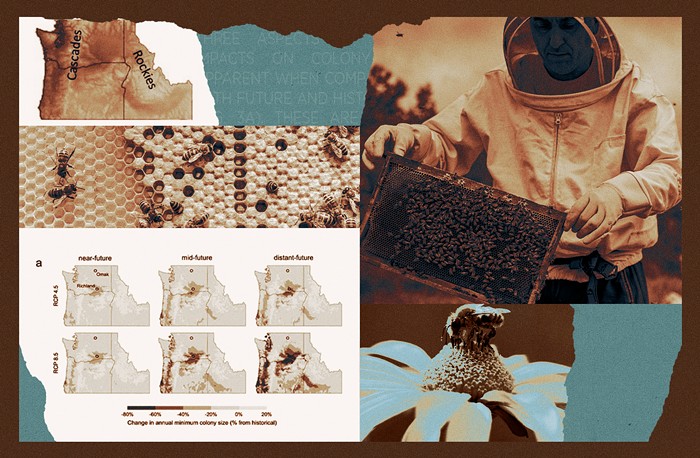
This is the second of four notes for my feature on forest bathing in Cheasty Greenspace.
Yes, life is certainly on a number of these planets we keep finding all over the universe. But life at the scale of me or you (writer/reader) or our cats and dogs, or the birds and the bees—this is going to be highly unusual. There may be a cosmic imperative for life but not one for giganticism. And what makes me certain of this are the marvelous micro-machines we find in all leaves (and all plants): chloroplasts. Now, how chloroplasts wound up in plants is just plain nuts. The visions of the most wicked weed will never come close to the sobering science of what the late biologist Lynn Margulis named endosymbiosis.
You see, two billion years ago, a photosynthetic cyanobacterium somehow (by invasion? by digestion?) ended up inside a bigger bacterial cell and somehow something good happened. Both the invader and invaded or eater and eaten found that they could make things really happen together. It is believed that all chloroplasts evolved from this single endosymbiotic event. This transformation became one of the many steps from simple bacteria, prokaryotes, to the complex cells called eukaryotes: the building blocks of all large forms of life. (Animals do not have chloroplasts but they do have mitochondria, which also, by invasion or indigestion, ended up in a larger cell and things worked out—plants have chloroplasts and mitochondria.) And so the path to large-scale life appears to involve the sheer accident of the right kind of indigestion. Or an invasion that ends in a friendship. And it must be pointed out that, in the evolutionary record, the right indigestion or truce for eukaryotic photosynthesis only happened once in the 3.7 billion years life has been on this planet. Plants might look different but they are performing the same old trick every day. There is no evidence of a deep structure for the eukaryotic art of splitting water with light to produce energy and food from air.
More bizarre yet, the micro-machines that transform light into ATP and sugar have two parts: photosystem I and photosystem II. The first system (called photopsystem II for reasons that are buried in history) uses a blast of sunlight to strip electrons from oxygen and to use the electrons, like balls bouncing down a staircase, to produce the currency of existence, adenosine triphosphate (ATP); the second system (called photosystem 1) takes these electrons and, with a second blast of sunlight, ultimately forces them on carbon in the early stages of the production of a sugar—the ground zero of food. No amount of drugs could ever dream the unity of these systems up. No one has the remotest idea of how the unity came about. It’s as strange as it is complicated. It’s amazing that we even know about it. This, the deep business of leaves.















